How to Expedite ATTR-CM Treatment in a Clinical Setting
By CardioNerds, Kevin M. Alexander, MD - Last Updated: February 24, 2025In the last segment of a three-part interview, CardioNerds correspondent Georgia Vasilakis, MD, talks to Kevin Alexander, MD, Stanford Medicine, about steps clinicians can take in helping patients with ATTR-CM begin treatment in a prompt fashion.
Georgia Vasilakis, MD:
You alluded to this before, that it seems like more patients are going to benefit from the stabilizer drugs at earlier stages of disease, meaning that the earlier that we can diagnose ATTR amyloidosis, the better the outcomes, which is different than some of our other heart failure treatments, where sometimes the maximal impact happens when the patients are the sickest. What are some things that we could do as doctors and clinicians in our clinic or at the population level even to help our patients reach a diagnosis to increase their chances of getting these wonderful treatments now?
Kevin Alexander, MD:
Yeah, that’s a great question and several layers to that. We could talk an hour about it. Definitely would love to chat about that in detail another time. I think the overall theme, I would say, is that there’s not a one-size-fits-all approach, and I think we have to engage different stakeholders in different levels of the healthcare system with different approaches to this. I think that even among cardiologists, there’s a significant under detection, under awareness of this disease. Starting there, I think, is the lowest hanging fruit. We know that among patients with heart failure, preserved ejection fraction, low-gradient aortic stenosis, unexplained left ventricular hypertrophy, that there’s a decent proportion of underlying ATTRCM, and we have the non-invasive diagnostic tools to identify them.
I think that education efforts from foundations such as AHA, as well as industry and academic partners, have started to raise awareness. I think there’s a need for ongoing efforts to continue that, and they’ll continue to move the needle to a degree. I think layering on things that are more automated, such as machine learning and AI, applying those tools to ECGs and echocardiograms can extend our reach in terms of identifying these patients at risk and getting them to the right providers to start treatment. I think that’s one important arm.
I think the other thing that I’ve noticed in this space for patients who are diagnosed earlier, oftentimes, they are very proactive about their healthcare and maybe have the means and the ability to get second and third opinions. I think that there’s things that help to raise awareness among patients and family members and connecting them with the resources there. Groups like the Amyloidosis Support Group, Amyloidosis Research Consortium, Amyloidosis Foundation, others I think will be really important as well.

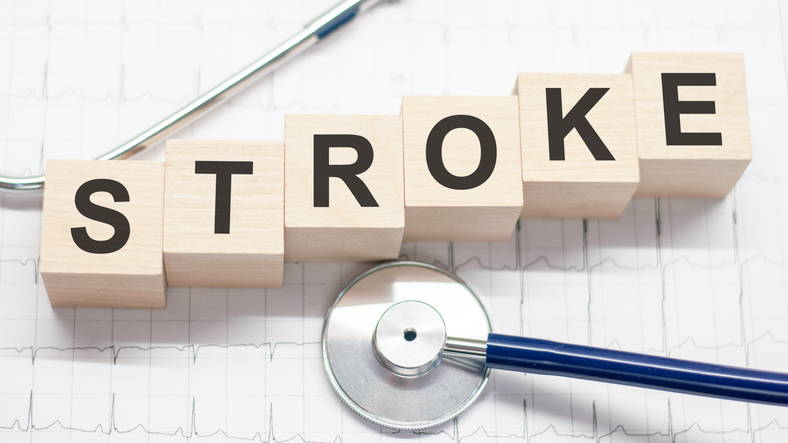
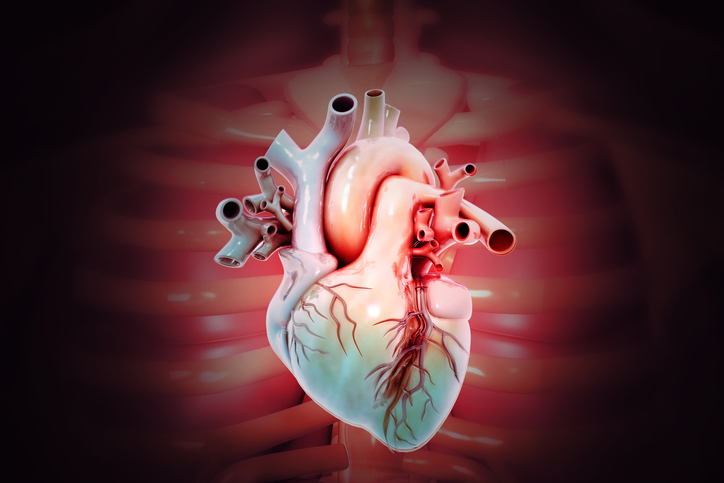
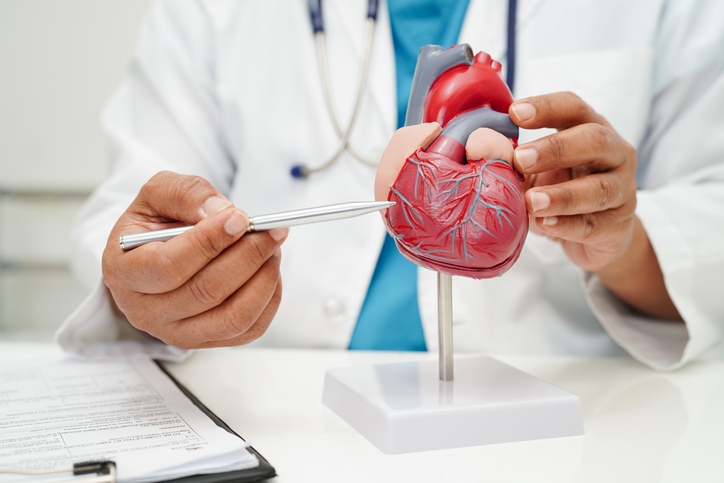
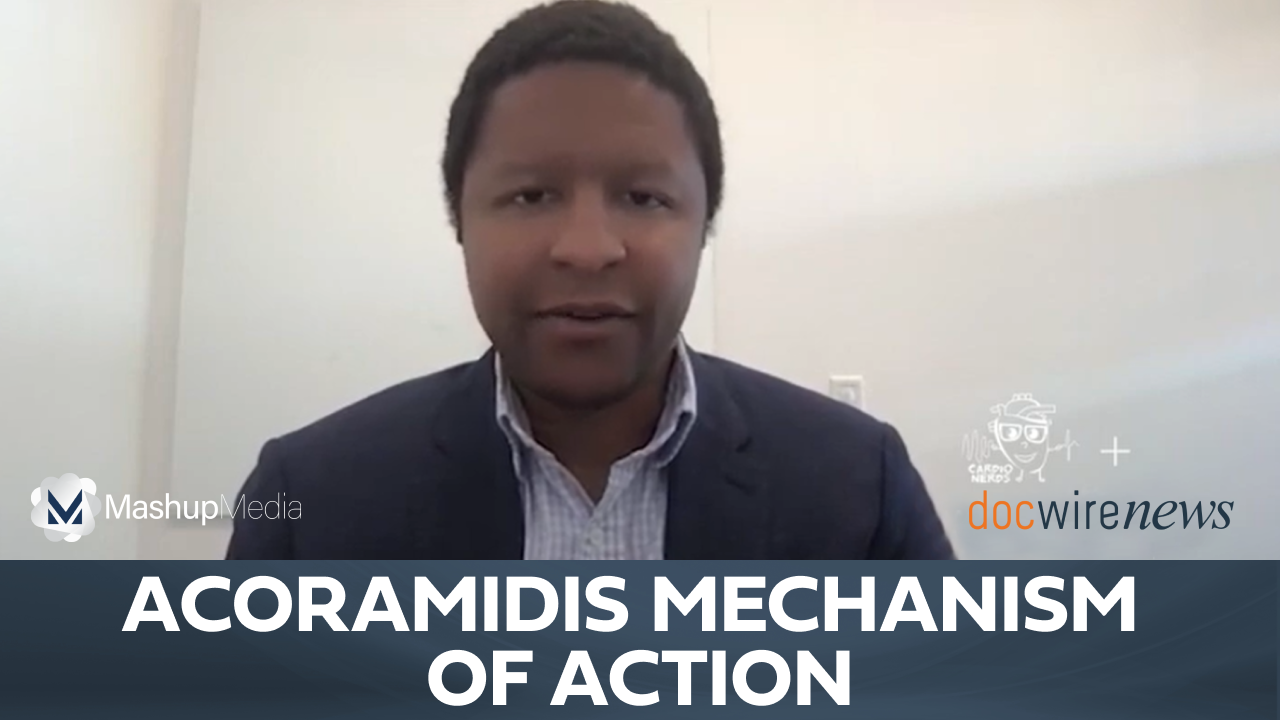
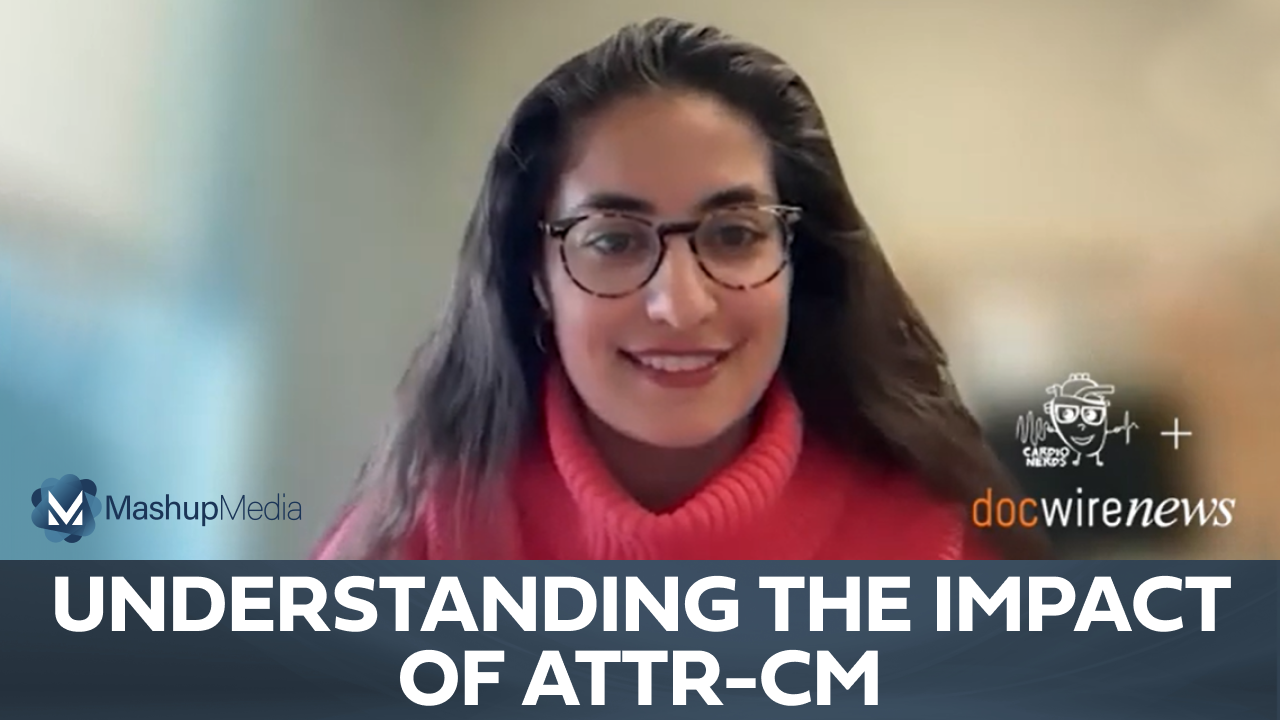

 © 2025 Mashup Media, LLC, a Formedics Property. All Rights Reserved.
© 2025 Mashup Media, LLC, a Formedics Property. All Rights Reserved.